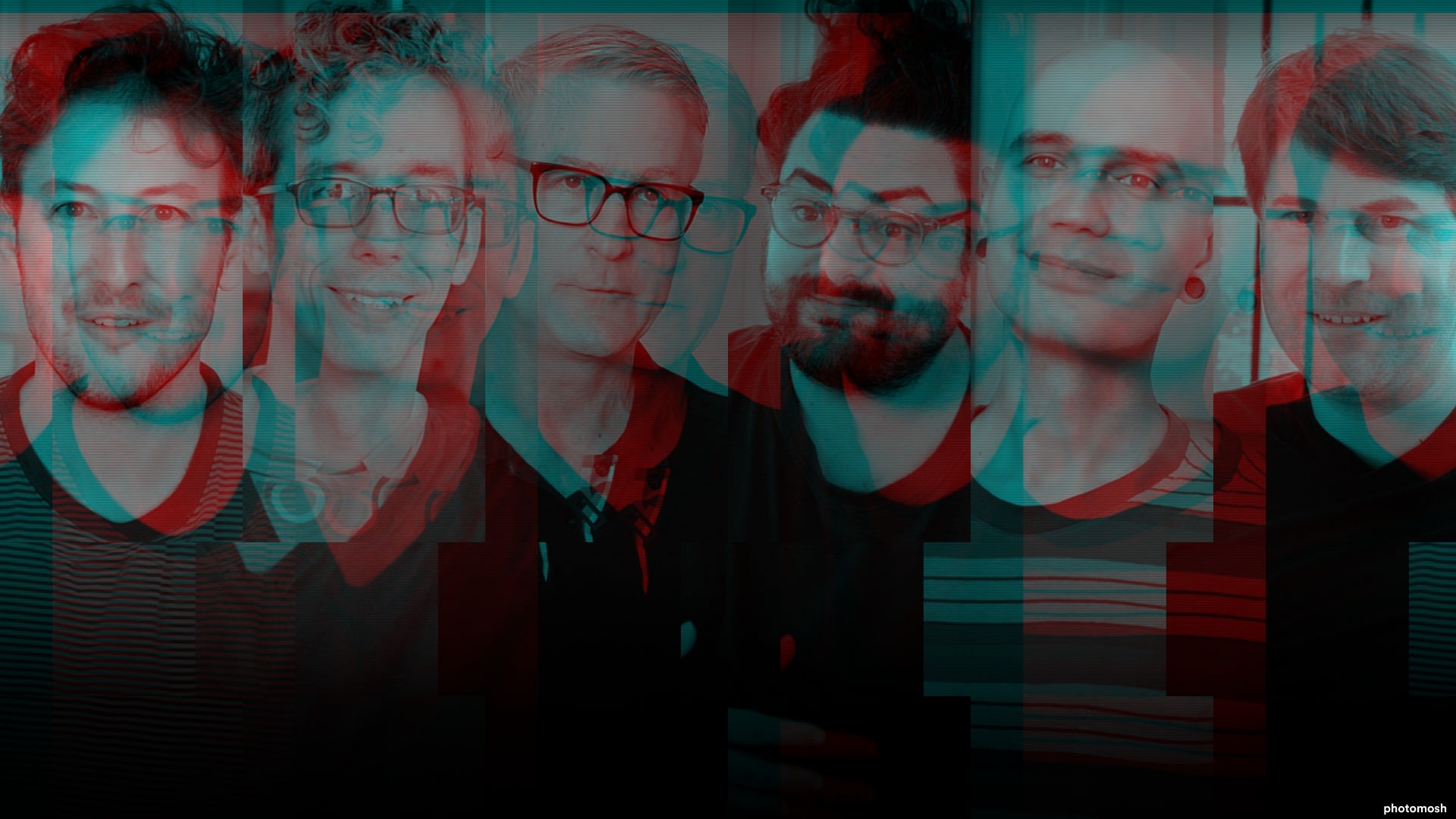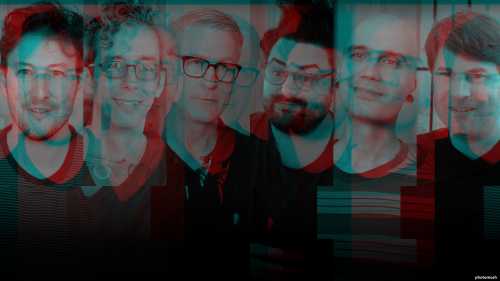09 min. 11 sec.
|Sep. 10, 2024
 PLAY
PLAYFrom Node.js to Deno: How It All Began
After our release of Node.js this March, we received a lot of enthusiastic feedback from fellow developers and noticed one leitmotif: Deno. In response to this recurring theme, we’re excited to present a special feature on Deno. But before you grab your drink and snacks and immerse yourself into our newest documentary, let us take a moment to remember why exactly Deno was created in the first place, and what improvements it brings to Node.js.
Node.js uses the V8 JavaScript engine, which powers Google Chrome, to execute code outside of a web browser. Its non-blocking, event-driven architecture makes it ideal for building scalable network applications like web servers, APIs, and real-time services.
That being said, Node.js is not without its flaws. As remarked by Ryan Dahl himself in his talk at Jsconf.eu “Using Node is kind of like nails on chalkboard at times”, referencing the bugs, or, rather, the design mistakes in Node.js that can no longer be revised. Namely, Node.js has issues like security vulnerabilities, complex dependency management and no native TypeScript support.
Enter Deno: Backed by a team of skilled engineers, Ryan Dahl and Bert Belder, successfully developed Deno in just a couple of weeks. Launched in 2020, Deno addresses the shortcomings of Node.js.
Deno represents a fresh approach to server-side JavaScript development, combining security, simplicity, and modern language support to create a powerful and flexible runtime environment. Thus, it is no surprise that Deno is so popular among developers.
In this short documentary, we explore the origins of Deno, the motivations behind its development, and the valuable lessons learned along the way. Join us as we dive into the fascinating world of Deno. Now get comfortable: it’s time to finally watch it!


